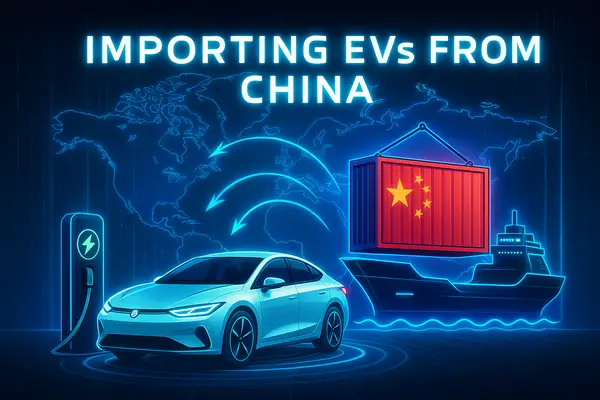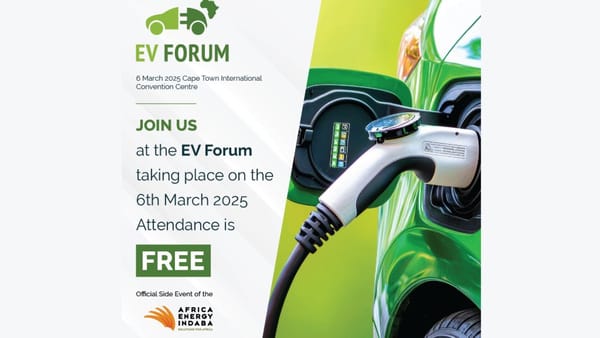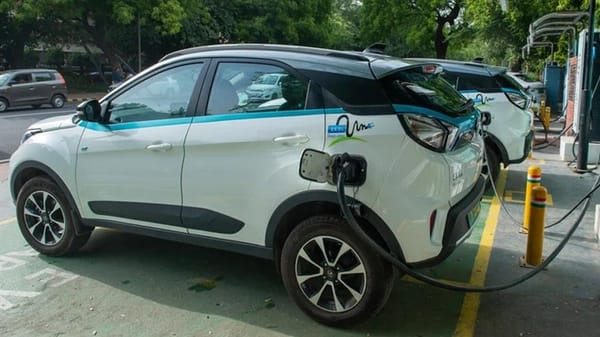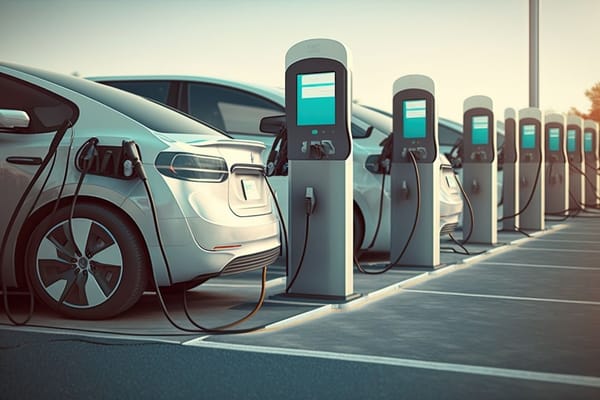The Impact of Electric Cars on Climate Change.
As the world grapples with the urgent need to address climate change, the role of transportation, particularly the automotive sector, has come under intense scrutiny.
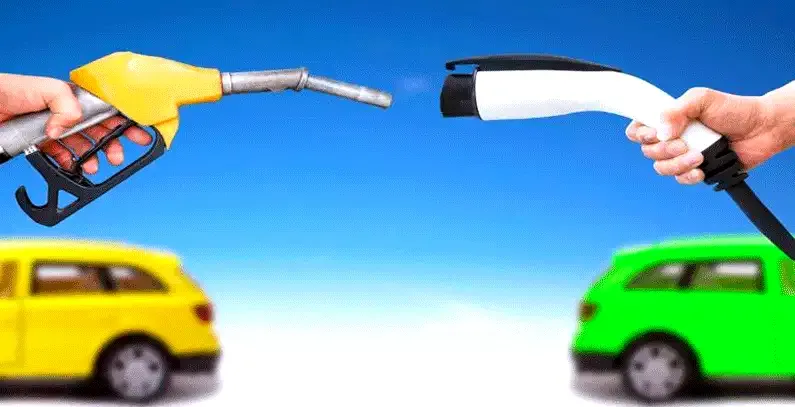
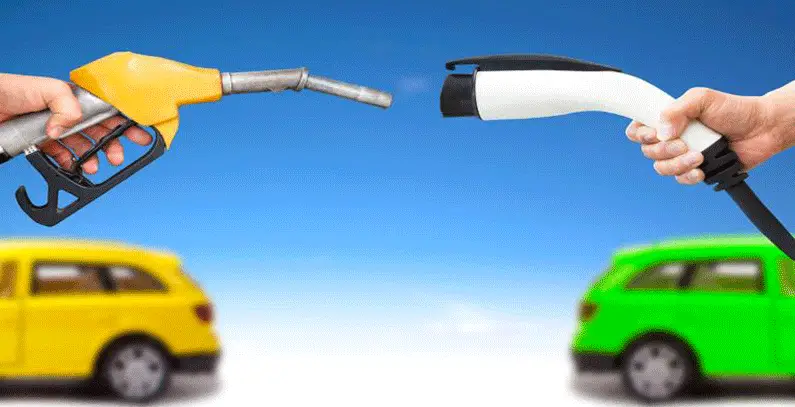
As the world grapples with the urgent need to address climate change, the role of transportation, particularly the automotive sector, has come under intense scrutiny.
With traditional gasoline-powered vehicles being a significant contributor to greenhouse gas emissions, the rise of electric cars presents a promising solution in the fight against climate change.
Let's explore the impact of electric cars on the climate and how they are driving us towards a greener future.
Reducing Greenhouse Gas Emissions:
One of the most significant benefits of electric cars is their ability to reduce greenhouse gas emissions.
Unlike internal combustion engine vehicles, which burn fossil fuels and emit carbon dioxide and other pollutants directly into the atmosphere, electric cars produce zero tailpipe emissions.
This means that even when accounting for emissions from electricity generation, electric cars are significantly cleaner than their gasoline counterparts.
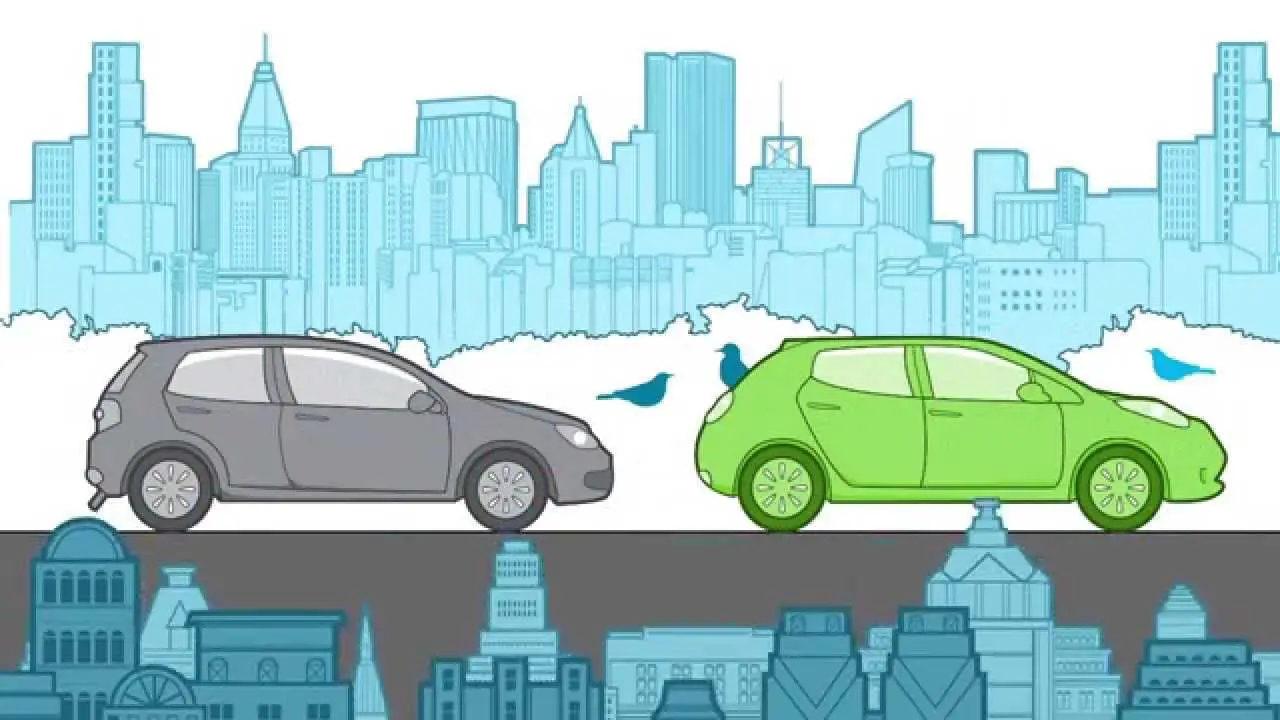
Transitioning to Renewable Energy:
The environmental impact of electric cars depends largely on the source of electricity used to charge them.
As the world shifts towards renewable energy sources such as wind, solar, and hydroelectric power, the carbon footprint of electric cars continues to decrease.
By coupling the adoption of electric vehicles with the expansion of renewable energy infrastructure, we can significantly reduce our dependence on fossil fuels and mitigate the effects of climate change.
Improving Air Quality:
In addition to reducing greenhouse gas emissions, electric cars also help improve air quality in urban areas.
The combustion of gasoline and diesel fuels in traditional vehicles releases pollutants such as nitrogen oxides, particulate matter, and volatile organic compounds, which contribute to smog and respiratory illnesses.
Electric cars produce zero tailpipe emissions, thus reducing the harmful pollutants that degrade air quality and harm public health.
Enhancing Energy Efficiency:
Electric cars are inherently more energy-efficient than gasoline-powered vehicles. Internal combustion engines are notoriously inefficient, with a significant portion of the energy from gasoline being lost as waste heat.
Electric motors, on the other hand, are much more efficient, converting a higher percentage of electrical energy from the battery into motion.
This increased efficiency translates to lower energy consumption and reduced greenhouse gas emissions over the lifetime of the vehicle.

Challenges and Opportunities:
While electric cars offer significant environmental benefits, challenges remain in their widespread adoption.
These include concerns about battery production and recycling, the availability of charging infrastructure, and the upfront cost of electric vehicles.
However, rapid advancements in battery technology, coupled with government incentives and investments in charging infrastructure, are helping to address these challenges and accelerate the transition to electric mobility.
Conclusion:
The impact of electric cars on the climate cannot be overstated. By reducing greenhouse gas emissions, improving air quality, and enhancing energy efficiency, electric vehicles are playing a crucial role in the global effort to combat climate change.
As technology continues to evolve and infrastructure expands, electric cars will become increasingly accessible and affordable, driving us towards a greener and more sustainable future for generations to come.

